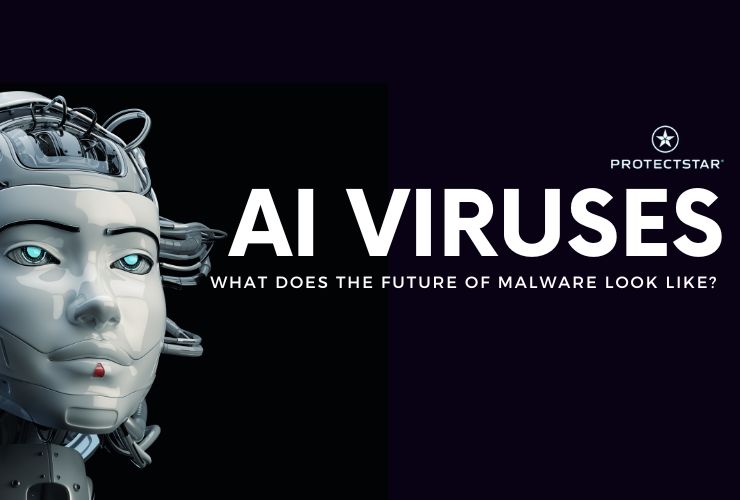The Future of Malware: AI and Its Impact

April 22, 2024
The future of malware is no longer a science fiction trope. Artificial intelligence (AI) is rapidly transforming the cyber threat landscape, blurring the lines between sophisticated attacks and everyday threats. While AI holds immense potential for cybersecurity, its use by malicious actors is a growing concern. What can AI really do to malware? What kind of an influence can it have, and what should we be concerned about? Let’s take a look.
- Hyper-Targeted Attacks: Imagine malware that personalizes phishing emails with your latest purchase history or uses social media data to craft emotionally manipulative messages. AI can personalize attacks with frightening accuracy, making them harder to detect.
- Self-Learning and Mutation: Traditional malware relies on pre-programmed exploits. AI-powered malware could analyze its effectiveness and mutate in real-time, bypassing existing security measures and adapting to user behavior.
- Weaponized Social Engineering: AI can analyze vast amounts of social media data to create highly realistic deepfakes or social bots capable of large-scale manipulation and disinformation campaigns. This can be used to spread malware or compromise user accounts.
- Exploiting the IoT (Internet of Things): AI can automate the identification and exploitation of vulnerabilities in interconnected devices (smart homes, wearables), creating a network of compromised devices for large-scale attacks.
- Zero-Day Exploits on Demand: AI algorithms could scour software code for vulnerabilities at an unprecedented speed, identifying and exploiting zero-day vulnerabilities (previously unknown security holes) before they can be patched.
How can we fend off AI malware?
We need a multi-level approach:
- Advanced Threat Detection: Security software needs to utilize AI to analyze network traffic, user behavior, and system anomalies to identify even the most subtle signs of AI-powered attacks.
- Focus on Deception and Sandboxing: Creating honeypots (fake systems) and sandboxing environments (isolated testing grounds) can help lure and analyze AI-powered malware, allowing researchers to understand its behavior and develop countermeasures.
- Human Expertise + AI: Security professionals need to be equipped with the skills to interpret AI-generated threat data and work alongside AI systems to create a more robust defense.
- International Collaboration: Cybersecurity is a global issue. Sharing knowledge and resources across borders will be crucial in developing effective defenses against AI-powered malware.
- Proactive Patching and User Education: Regular software updates and educating users on recognizing social engineering tactics are essential to prevent successful malware attacks.
What do you think an AI-controlled malware future could look like? Tell us on X. @protectstar us!
Learn more about Antivirus AI Android at https://www.protectstar.com/en/products/antivirus-ai